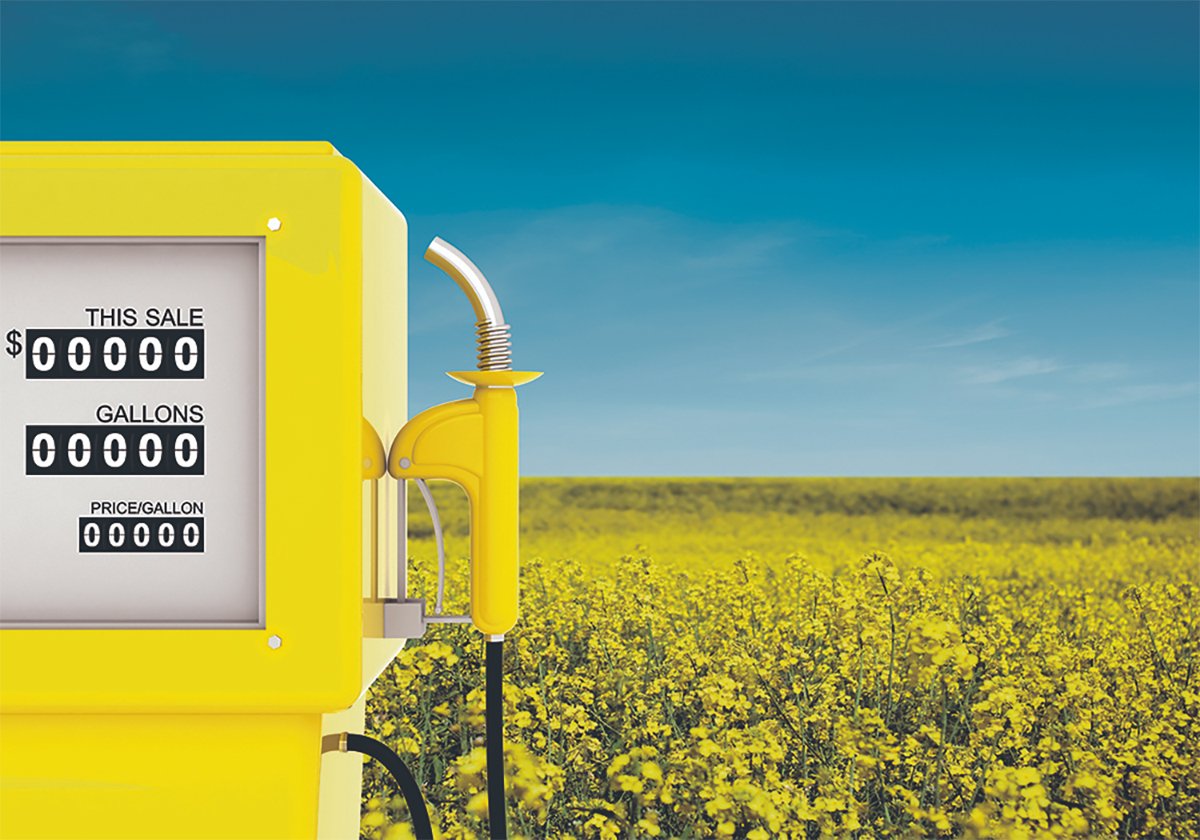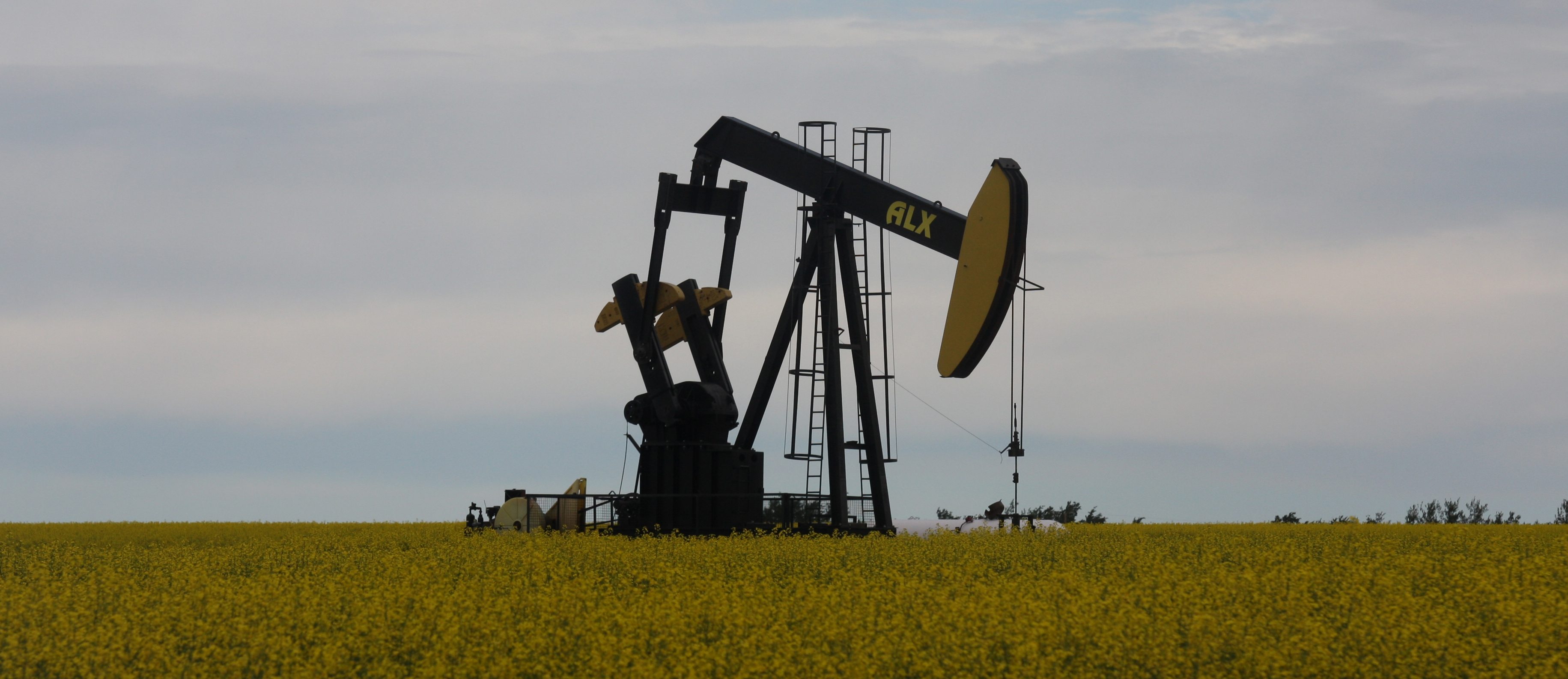The North American benchmark New York crude oil futures contract price has jumped $15 a barrel, or 16 percent, since the beginning of June, but that isn’t stopping the fall in vegetable oil and canola prices.
As of July 19, November canola was down 10.5 percent and soybean oil was down 5.3 percent since the start of June.
Crude oil has a modest impact on vegetable oil prices because it can be used to make biodiesel. However, the effect of the New York oil rally on canola is imperceptible for a couple of reasons:
Read Also

Biofuel sector happy with federal budget
Advanced Biofuels Canada says new Biofuel Production Incentive is a lifeline until CFR amendments are in place.
- The stronger North American crude oil price does not mean global oil prices are rallying.
- Even if all crude oil prices were climbing, it wouldn’t outweigh the price-weakening implications of expected large U.S. soybean and Canadian canola harvests.
Slow palm oil demand and rising palm oil production are also weighing on vegetable oil.
We are transitioning from a year when weather and production problems in South America, the United States and Canada created an oilseed shortage to a year when global supply is expected to be more comfortable.
Of course, Canadian, American, European and Black Sea crops are not in the bin yet and the weather could still turn against them. But for now, markets are winding down their premiums.
The impact of the rising New York crude futures market on vegetable oil values is limited because it is a North American phenomenon. The benchmark North American price traded in New York is based on West Texas crude at Cushing, Oklahoma, which is a huge oil storage and distributing hub.
The other global oil benchmark is Brent crude, based on North Sea oil.
The New York-West Texas price had fallen well behind Brent because of an oversupply at Cushing.
As you might remember, Cushing had inadequate pipeline capacity to handle the increasing amount of oil going to it from the Bakken fields, Texas shale crude and Alberta’s oilsands.
Pipeline capacity across North America remains a long-term major issue for the energy industry, politicians and environmentalists.
However, the immediate surplus at Cushing has lessened and the New York and Brent prices are back to parity.
This is due to recent increased regional pipeline capacity to carry oil from Cushing to the big Gulf Coast oil refineries and other pipelines that carry Texas oil directly to the coast.
Also, increased movement of crude by rail has helped end the bottleneck.
The amelioration of the Cushing bottleneck has also helped address the transportation squeeze on Alberta heavy oil that had forced its price down to the point where oilsand expansions were being put on hold.
However, global prices, as tracked by the Brent price, are not climbing.
The same technology that is creating an oil boom in what were once considered played out or inaccessible sources in North America is also being used in other parts of the world.
Crude production is expanding from non-OPEC countries.
As well, continuing economic problems in Europe and slowing growth in China are hurting global demand.
The U.S. Energy Information Administration forecasts that Brent crude, which averaged $111.65 per barrel last year, will average $105 this year and $100 next year, al-though it warns that energy price forecasting is highly uncertain.
However, bank forecasters such as Citigroup and Barclays also expect Brent to be lower next year.















